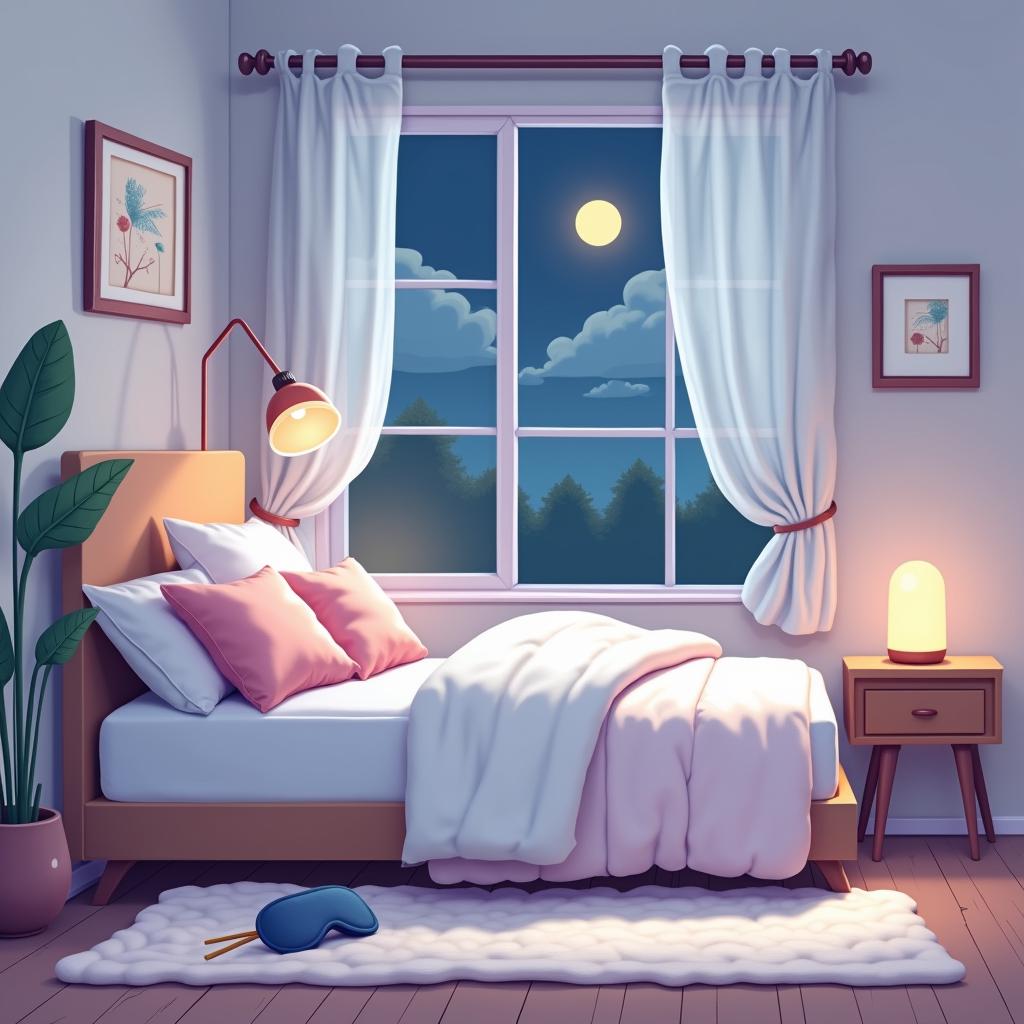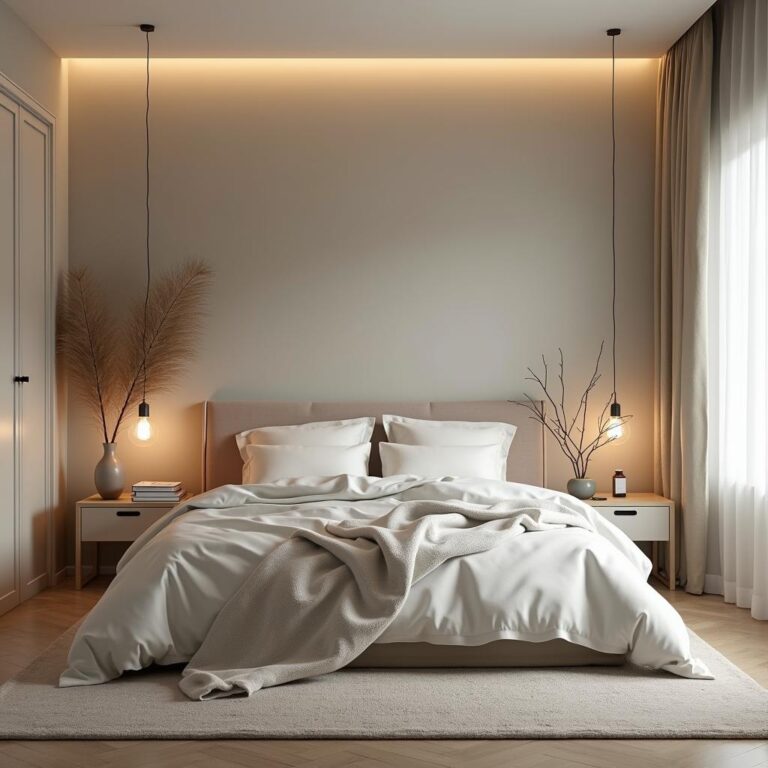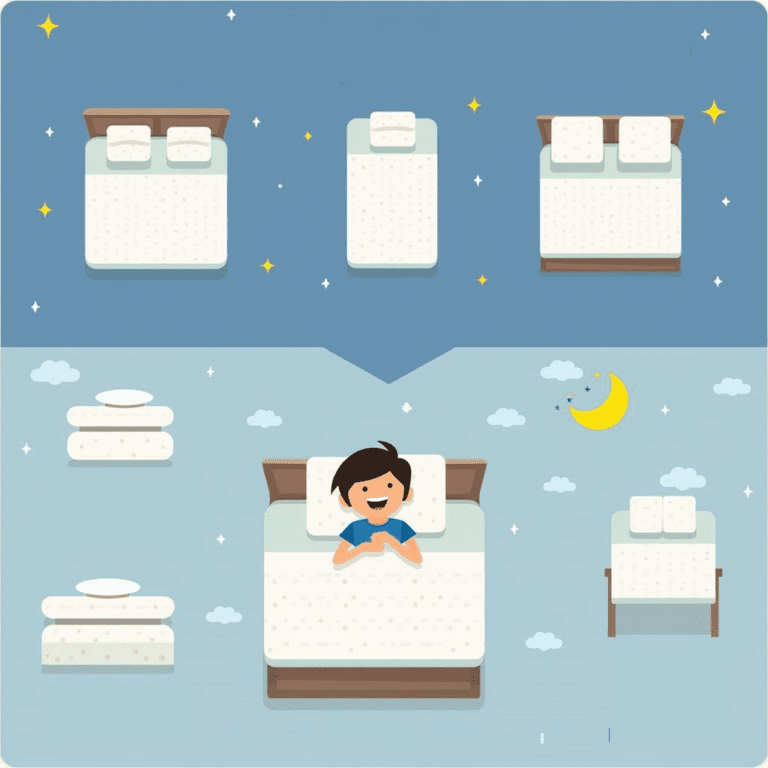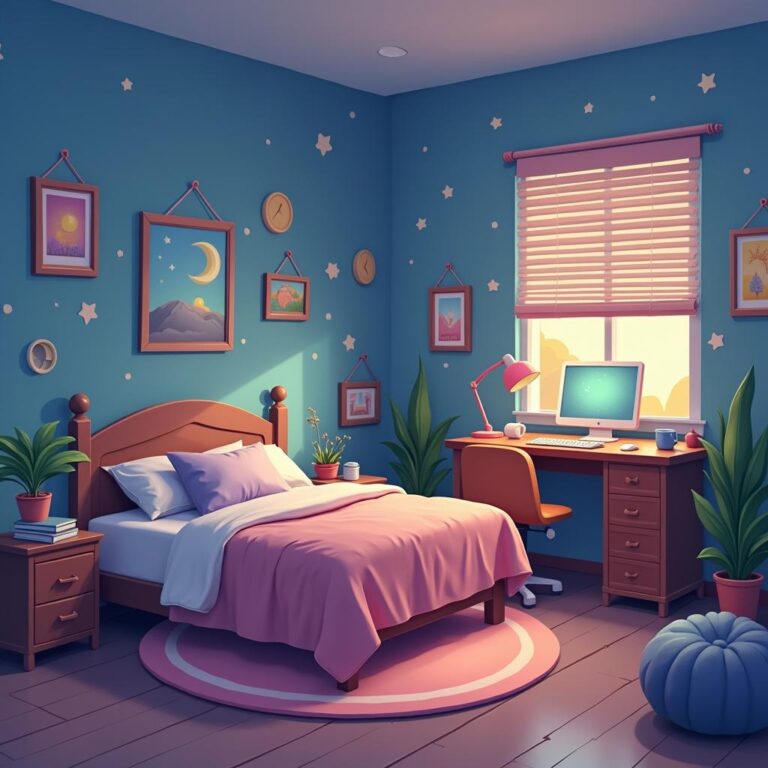Having a restful sleep is fundamental for maintaining overall health and wellbeing. One of the most effective ways to ensure a good night’s sleep is by optimizing your bedroom environment. Below are some strategies and tips on how to optimize your bedroom for better sleep.
1. Choose the Right Mattress and Pillows
The foundation of a good night’s sleep starts with your mattress. It’s crucial to choose a mattress that is both comfortable and supportive. Look for a mattress that suits your sleeping style:
- Back sleepers: Opt for a medium-firm mattress that provides good support.
- Side sleepers: A softer mattress can help cushion your shoulders and hips.
- Stomach sleepers: A firmer mattress helps prevent back strain.
Pillows are equally important; they should align your head and neck with your spine. Adjust your pillow’s height and firmness based on your sleeping position to enhance comfort.
2. Control the Lighting
Light plays a significant role in your ability to fall asleep and stay asleep. To create an optimal sleeping environment, consider the following:
- Dim the lights: Use soft, warm lighting in the evening to signal to your body that it’s nearing bedtime.
- Blackout curtains: Invest in blackout curtains to eliminate outside light sources, ensuring your bedroom remains dark.
- Use blue light filters: Reduce exposure to screens at least an hour before bed. Blue light can interfere with melatonin production, affecting your circadian rhythm.
3. Maintain a Comfortable Temperature
The temperature of your bedroom can greatly impact your sleep quality. Aim for a cool room temperature, typically between 60 and 67 degrees Fahrenheit (15-19 degrees Celsius). Here are some tips to maintain your bedroom temperature:
- Use fans or air conditioning: A fan can help circulate air, while air conditioning maintains a cool temperature.
- Linen choices: Choose breathable, lightweight bedding materials like cotton or bamboo that allow for temperature regulation.
- Temperature-sensitive blankets: Consider using materials designed to retain warmth or keep you cool, depending on the season.
4. Declutter Your Space
A cluttered environment can contribute to stress and disrupt your peace of mind. Here are steps to declutter your bedroom:
- Minimize distractions: Keep electronics and work materials out of the bedroom to create a more relaxing atmosphere.
- Organize your belongings: Invest in storage solutions to keep your space clean and organized.
- Maintain cleanliness: Regularly clean your bedroom, including dusting and vacuuming, to create a fresh environment.
5. Create a Relaxing Atmosphere
Turning your bedroom into a sanctuary can enhance your sleep experience. Consider implementing these calming elements:
- Soft textiles: Use soft fabrics for your bedding, curtains, and rugs to add warmth and comfort.
- Natural elements: Incorporate plants or natural decorations to create a tranquil ambiance.
- Aromatherapy: Use essential oils like lavender or chamomile to help promote relaxation before bed.
6. Limit Noise Disruptions
Noise can significantly impede your ability to fall asleep and stay asleep. To combat this:
- Soundproof your room: Consider adding rugs, heavy curtains, or acoustic panels to absorb sound.
- Use white noise machines: These devices can drown out disruptive noises and create a consistent sound environment.
- Earplugs: If ambient noise is unavoidable, earplugs can create a barrier to sound intrusion.
7. Establish a Sleep Routine
Consistency is key in the path to better sleep. Establish a sleep routine to teach your body when it’s time to wind down. Here’s how:
- Set a bedtime and wake-up time: Stick to the same schedule every day, even on weekends.
- Create a pre-sleep ritual: Engage in relaxing activities before bed, such as reading, meditating, or taking a warm bath.
- Avoid stimulants: Limit caffeine and nicotine intake in the hours leading up to bedtime.
8. Use Technology Wisely
While technology can disrupt sleep, it can also enhance your sleep environment. Consider these tech options:
- Slee-tracking apps: Use smart devices or apps that monitor your sleep patterns and help you adjust behaviors accordingly.
- Smart lighting options: Invest in smart bulbs that adjust colors and brightness based on your daily schedule.
Conclusion
Optimizing your bedroom for better sleep involves a combination of the right environment, habits, and technology. By focusing on factors such as mattress choice, lighting, temperature, and routine, you can create a space that promotes restful sleep, ultimately improving your health and quality of life. Invest time into fine-tuning your bedroom, and you’ll be on your way to experiencing deeper, more restorative slumber.







